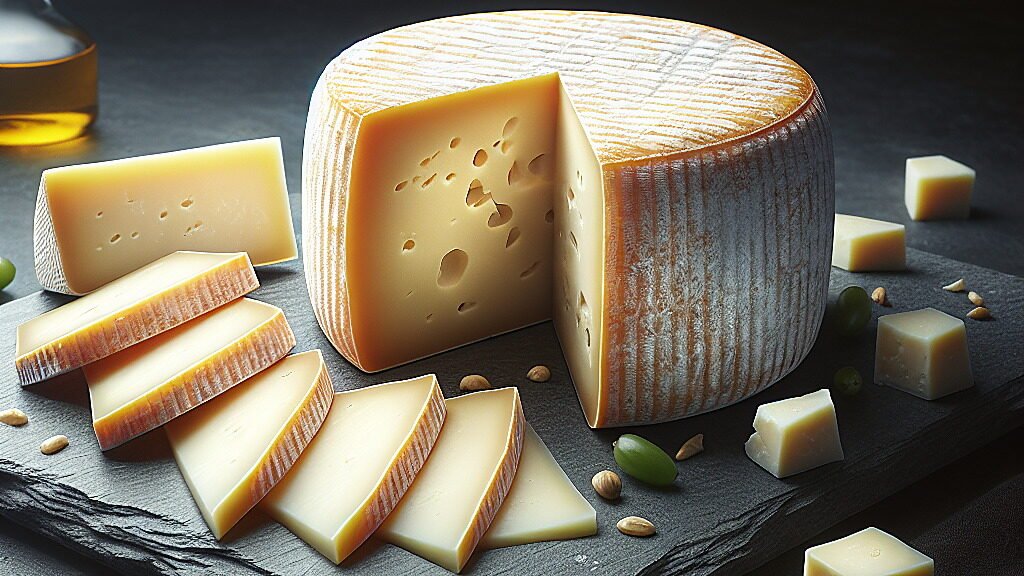Traditional Craftsmanship Cheese
Definition and Scope
Traditional craftsmanship in cheesemaking refers to time-honored methods passed through generations. These techniques emphasize manual skill over industrial automation, preserving regional character and artisanal quality. The scope includes specific procedures like hand-ladling curds, natural aging, and using raw milk.
This approach contrasts with mass production by prioritizing flavor complexity over consistency. Artisans often follow protected designation of origin protocols that dictate local ingredients and methods. The resulting cheeses showcase unique terroir and cultural heritage through their distinct textures and profiles.
Production Techniques
Traditional production begins with small-batch milk processing using copper vats or wooden tools. Cheesemakers manually cut curds to precise sizes that determine final moisture content. They employ natural rennet and indigenous cultures rather than standardized commercial starters.
Aging occurs in specific environments like limestone caves or cellars with controlled humidity. Artisans regularly turn and brush cheeses by hand to develop rinds. These labor-intensive methods create biochemical developments impossible to replicate through accelerated industrial processes.
Sensory Characteristics
Craft cheeses exhibit complex aromatic profiles ranging from grassy to nutty notes. Their textures often show natural variation between batches, from crumbly to supple. These products frequently contain crystalline tyrosine deposits that provide pleasant crunch.
Flavor evolution continues throughout maturation, developing umami and savory qualities. The rinds contribute earthy or fungal notes from natural mold growth. Unlike standardized products, each wheel tells a unique story through its sensory properties.
Cultural Applications
Traditional cheeses serve as centerpieces in cultural celebrations and religious festivals across Europe. They function as culinary heritage markers, with production methods often protected by geographical indication laws. Many artisans maintain historical records of their techniques dating back centuries.
These products command premium positioning in specialty markets and restaurant menus. Consumers value them for authentic dining experiences and connection to agricultural traditions. Educational programs now help preserve these endangered cheesemaking practices.
Regional Examples
French Comté exemplifies craftsmanship through its cooperative production system and minimum aging requirements. Italian Parmigiano-Reggiano maintains centuries-old techniques using copper vats and natural whey starters. Both hold protected designation of origin status that safeguards their traditional methods.
English clothbound cheddars demonstrate craftsmanship through their hand-turning and lard-rubbing practices. Spanish Cabrales represents traditional cave aging with natural penicillin molds. These regional specialties illustrate how local environments shape distinctive cheese characteristics through artisanal techniques.


